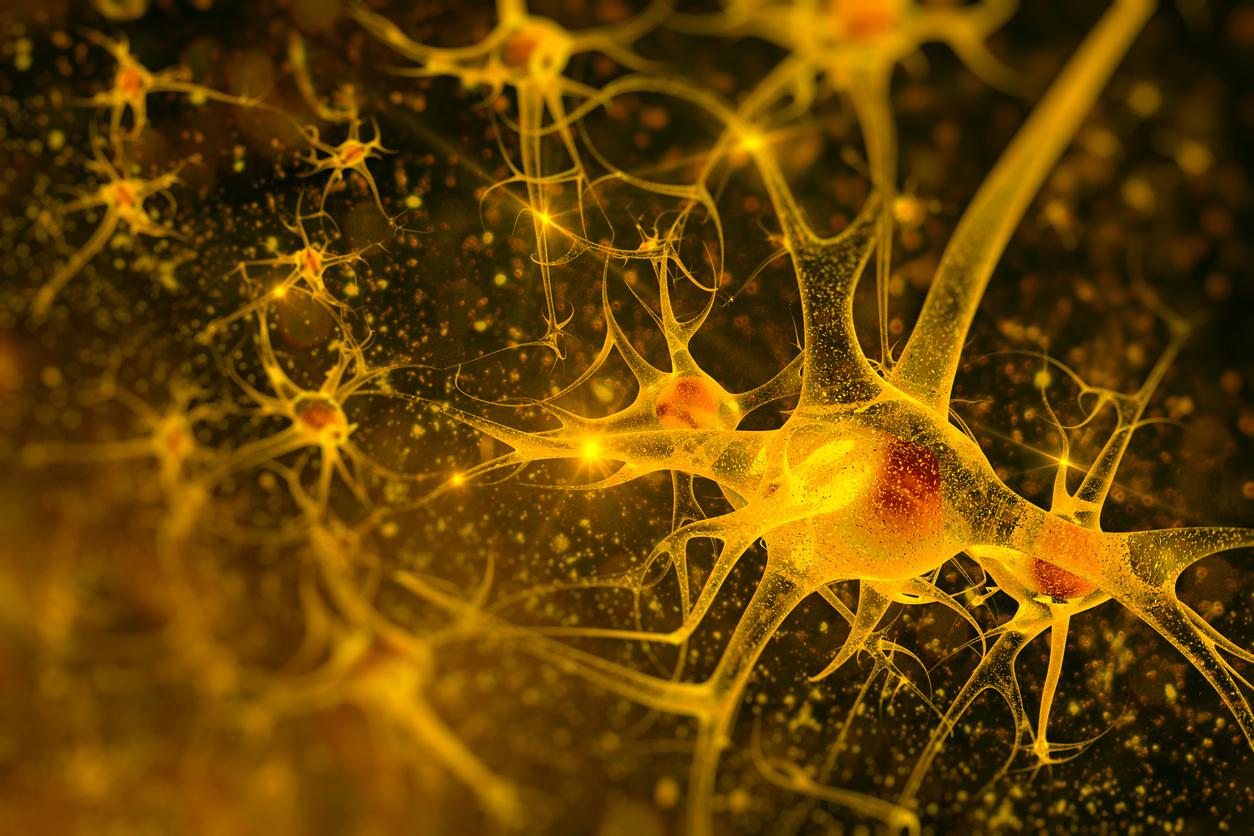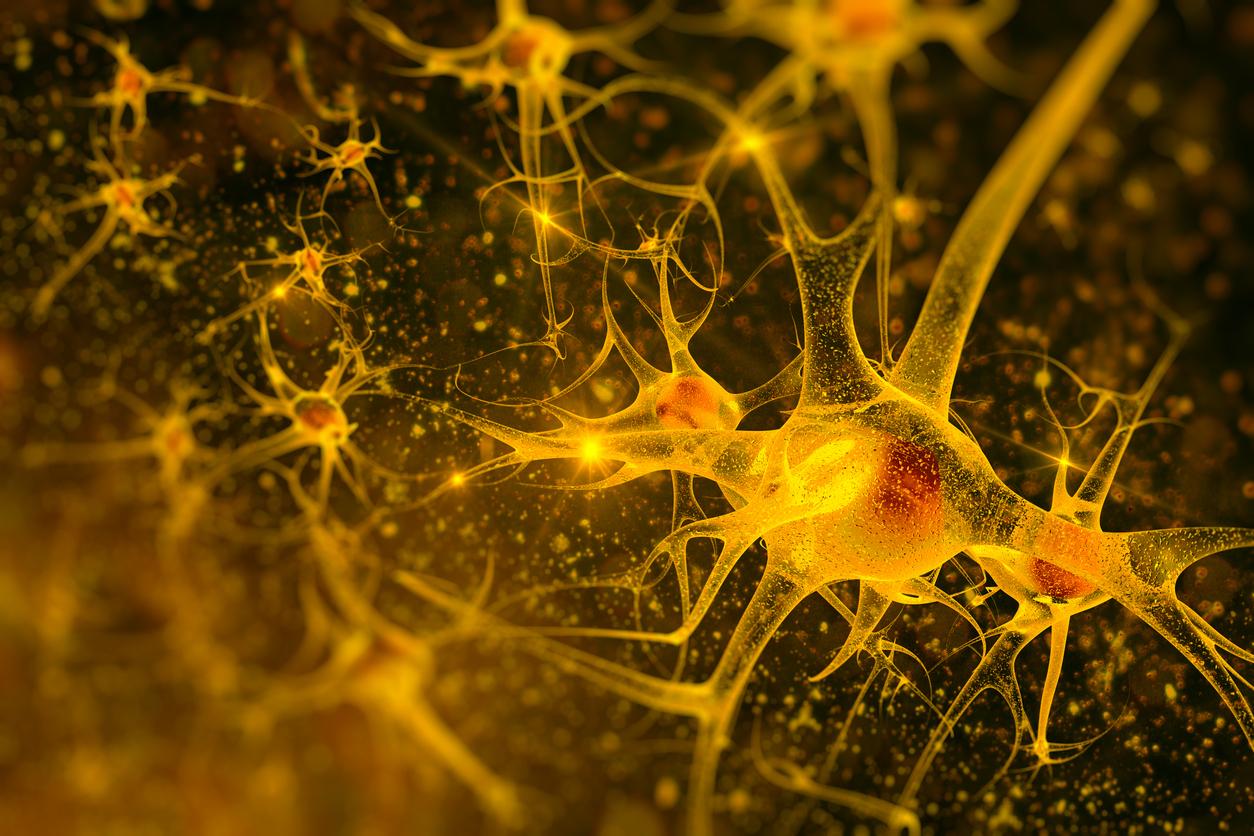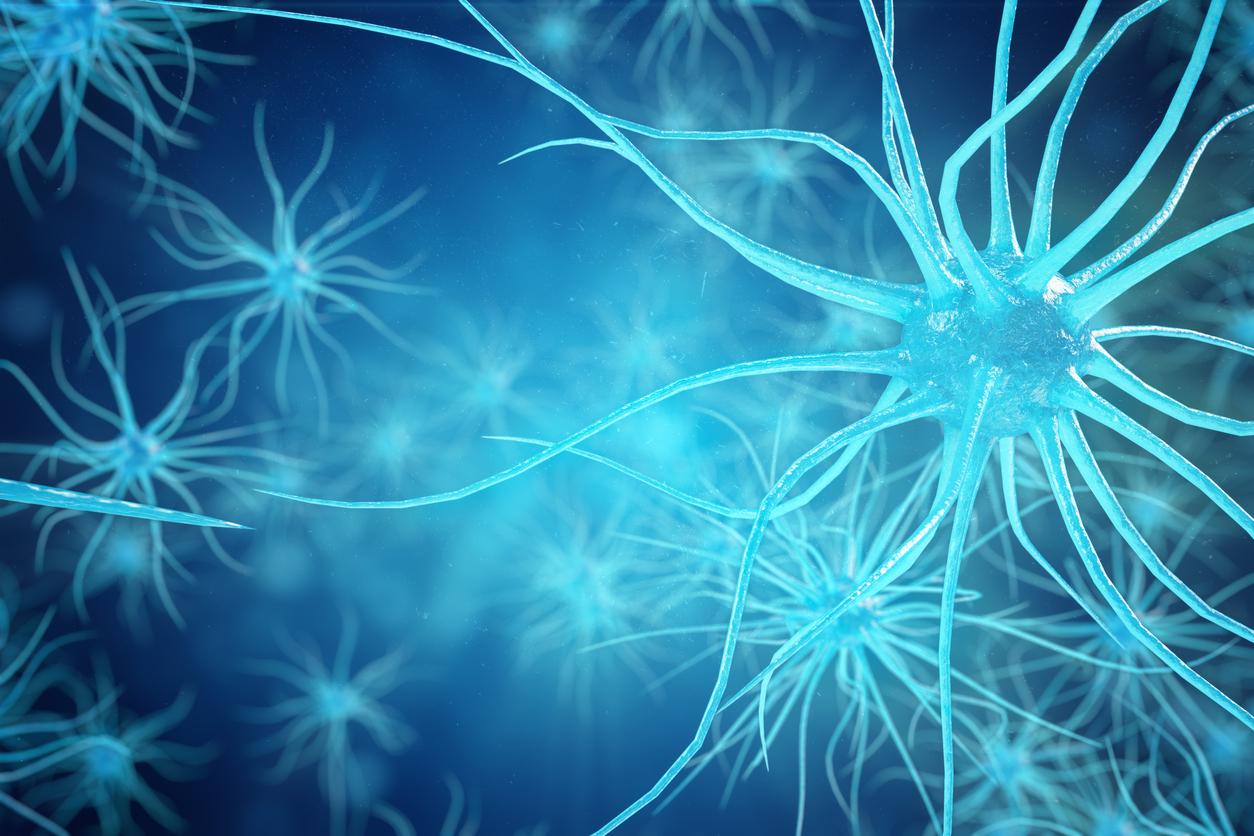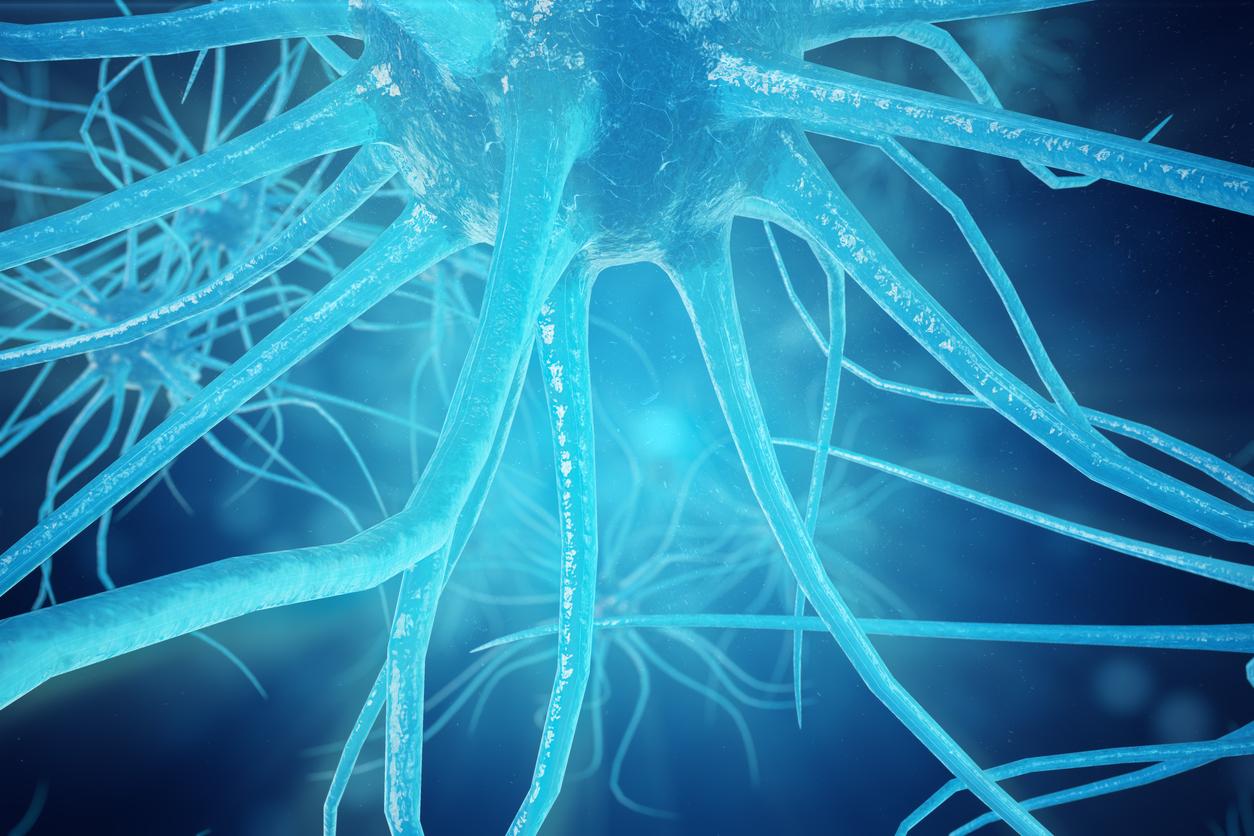Charcot’s disease could be linked to proteins of the immune system, responsible for the death of neurons.

- Charcot’s disease is now incurable.
- Researchers have discovered that a protein is involved in the degradation of neurons.
- Blocking its action could limit the progression of the disease.
Two to five years: this is the average life expectancy after the appearance of the first symptoms of Charcot’s disease. Also called amyotrophic lateral sclerosis, it causes progressive muscle paralysis. Researchers are working on treatments to prolong the life of patients and slow the progression of the disease. At Harvard Medical School, a team has found a clue. With colleagues from Boston Children’s Hospital, the scientists discovered that the pathology was linked to proteins in the immune system, responsible for the death of neurons. Their results were published in the journal Neuron.
Charcot’s disease: what is the action of proteins on neurons?
“When cells recognize danger, such as an infection, immune molecules trigger an alarm that sends immune cells to the affected site to eliminate them and orchestrate tissue repairexplain the authors in a communicated. Sometimes the immune response involves a family of proteins called gasdermins, which trigger cell death through a highly inflammatory process called pyroptosis..”
In the nerve cells of the brain, gasdermin E is the one that is expressed the most, but until now its role has remained unclear. In this new study, the researchers wanted to better understand it. In tests with mouse neurons and human nerve cells, they found that when neurons sense danger, gasdermin E damages the cell’s powerhouses, called mitochondria, and axons. But this protein does not kill cells, it creates “retractions cellular”. This phenomenon is observed in patients with Charcot’s disease.
Gasdermin E: the target of a future treatment for Charcot’s disease?
To better understand the relationship between gasdermin E and neurodegeneration, the team created models of motor neurons from people with Charcot’s disease. These neurons are those related to the control of movements and it is they which are degraded by the pathology. The researchers found that gasdermin E is present at high levels in these nerve cells. When they blocked its action, they noticed that the axons and mitochondria were protected from damage.
Secondly, they studied the effects of blocking the protein on a mouse model: this slowed the progression of symptoms. “These results suggest that gasdermin E causes changes in neurons that may contribute to disease progression.”, say the authors. They point out that drugs can block the effects of gasdermin, however, it is not yet known if they can specifically target gasdermin E. “But this work is an important first step towards developing new approaches for the treatment of amyotrophic lateral sclerosis.”they say.

















